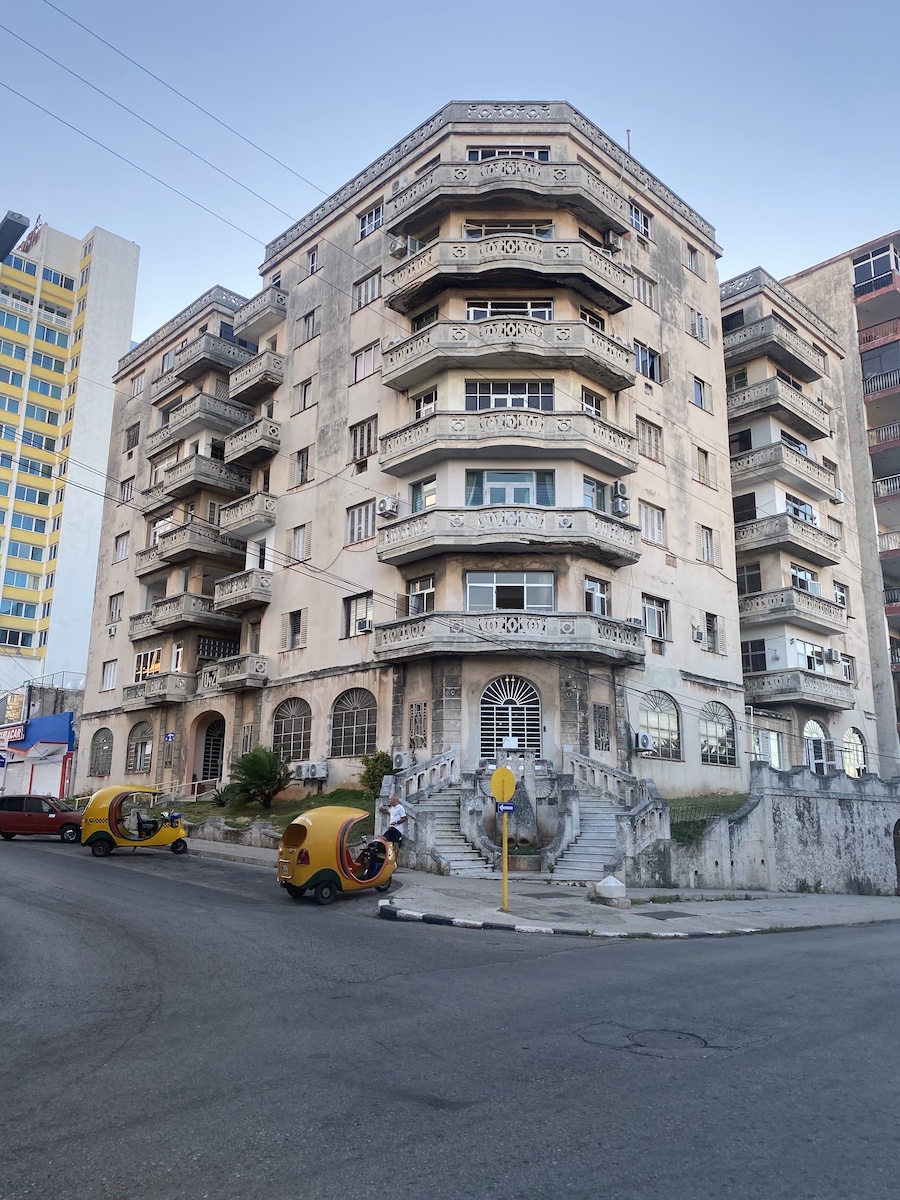Cuban ways of seeing

Photo courtesy of the author
The CASE FILE series — to which SEMIOVOX has invited our semiotician colleagues from around the world to contribute — shares memorable case studies via story telling.
I was already sweating when I arrived early in the morning at the porch of a retired Literature professor that people called El Doc in La Habana. It was the last interview of my long attempt to decode one of the most extreme cultures in Latin America. He welcomed me in the heat and offered me some coffee.
I was heartbroken from photographing the all but empty pantries of La Habana, sometimes finding bits of hidden white rice stored under the beds here and there. The protocol, it seemed, was showcasing emptiness to preface an apology for not offering the food that collectivism dictates. But there’s always coffee. Concentrated and sugary coffee in tiny cups, small even for the Italian espresso connoisseur.
My Doc was busy preparing his signature brew. Had it been difficult, he asked without dissimulating mischief, to explain to others what I was here to do? Had it been hard to explain to people, let alone commercial semiotics, but marketing research, or marketing, or a market? Yes, of course it had. The decoding processes can never be taken for granted in Cuba. I sat down, amused and defeated.
As I sipped my coffee he placed a big bottle of floor cleaner on the table. What do you see? He asked. I lazily realized I had lost the reins of this interview and started decoding the label for him. The typography, the colors, the Alpine mountains in the back sending us mortals a cool, cool breeze of purity from above, travelling all the way down to the earth, down to the island, down to this tropical kitchen of checkered tiles.
I don’t see any of that. I had to laugh. I barely noticed there was a label on it. In Cuba we don’t see containers, we see the content inside. We were looking at the same object, but our wells of meaning had different sources.
Cubans use and reuse and exchange so many items and bottles that packaging is but invisible noise. The Cubans are expert readers of indexical signs however, like the consistency and homogeneity of sauces, to determine the quality, origin, uniqueness and value of things. The semiotic process is reversed, it begins by peeling out the layers of branding to get to the meanings.
The packaging got a bizarre quality in that light. It was a tiny self-contained universe with no links to the outside world. I tried to go back to seeing it as a meaning-making artifact again but couldn’t, although it wasn’t mere noise yet either. For a moment it acquired the faint smell of bullshit.
We had some deep conversations about his family, his books and Linguistics. Then unexpectedly, Costa Rica came up. When I went to Costa Rica, and nobody ever believes this story so I never tell it, but when I went to Guanacaste in Costa Rica the supermarkets never ran out of anything. Unbelievable. How can there always be everything? No seasons, no out of stocks, nothing. One day, a massive hurricane hit hard, and nobody understood why I was driving to the supermarket instead of taking cover. But I figured I’d find the limit to the eternal stock. I ran into the supermarket, and it was same as ever. Nothing had run out.
I could see the rows of soda, frozen fish and pickled cucumbers shining in the white aisles of that supermarket, bored and ready to be plucked on a hurricane afternoon, each one of them an insular world coded on the basis of a limitless stock. Labels oblivious to content or thunderous context, in a construction of season-less youth, growth, beauty and productivity that’s better, and faster, and stronger; the meanings of packaging speaking louder than the torrential rains outside.
CASE FILE: Sónia Marques (Portugal) on BIRTHDAY CAKE | Malcolm Evans (Wales) on PET FOOD | Charles Leech (Canada) on HAGIOGRAPHY | Becks Collins (England) on LUXURY WATER | Alfredo Troncoso (Mexico) on LESS IS MORE | Stefania Gogna (Italy) on POST-ANGEL | Mariane Cara (Brazil) on MOTHER-PACKS | Whitney Dunlap-Fowler (USA) on WHERE THE BOYS ARE | Antje Weißenborn (Germany) on KITSCH | Chirag Mediratta (India) on “I WATCH, THEREFORE I AM” | Eugene Gorny (Thailand) on UNDEAD LUXURY | Adelina Vaca (Mexico) on CUBAN WAYS OF SEEING | Lucia Laurent-Neva (England) on DOLPHIN SQUARE | William Liu (China) on SCENT FANTASY | Clio Meurer (Brazil) on CHOCOLATE IDEOLOGY | Samuel Grange (France) on SWAZILAND CONDOMS | Serdar Paktin (Turkey/England) on KÜTUR KÜTUR | Ximena Tobi (Argentina) on SLUM PANDEMIC | Maciej Biedziński (Poland) on YOUTH LEISURE | Josh Glenn (USA) on THE AMERICAN SPIRIT | Martha Arango (Sweden) on M | Chris Arning (England) on X | Peter Glassen (Sweden) on WHEN SHABBY ISN’T CHIC | Joël Lim Du Bois (Malaysia) on RECONSTRUCTION SET | Ramona Lyons (USA) on THE FALL.
Also see these global semio series: MAKING SENSE (Q&As) | SEMIOFEST SESSIONS (monthly mini-conferences) | COVID CODES | SEMIO OBJECTS | COLOR CODEX | DECODER (fictional semioticians) | CASE FILE | PHOTO OP | MEDIA DIET | TATTOO YOU (semioticians’ tattoos).

